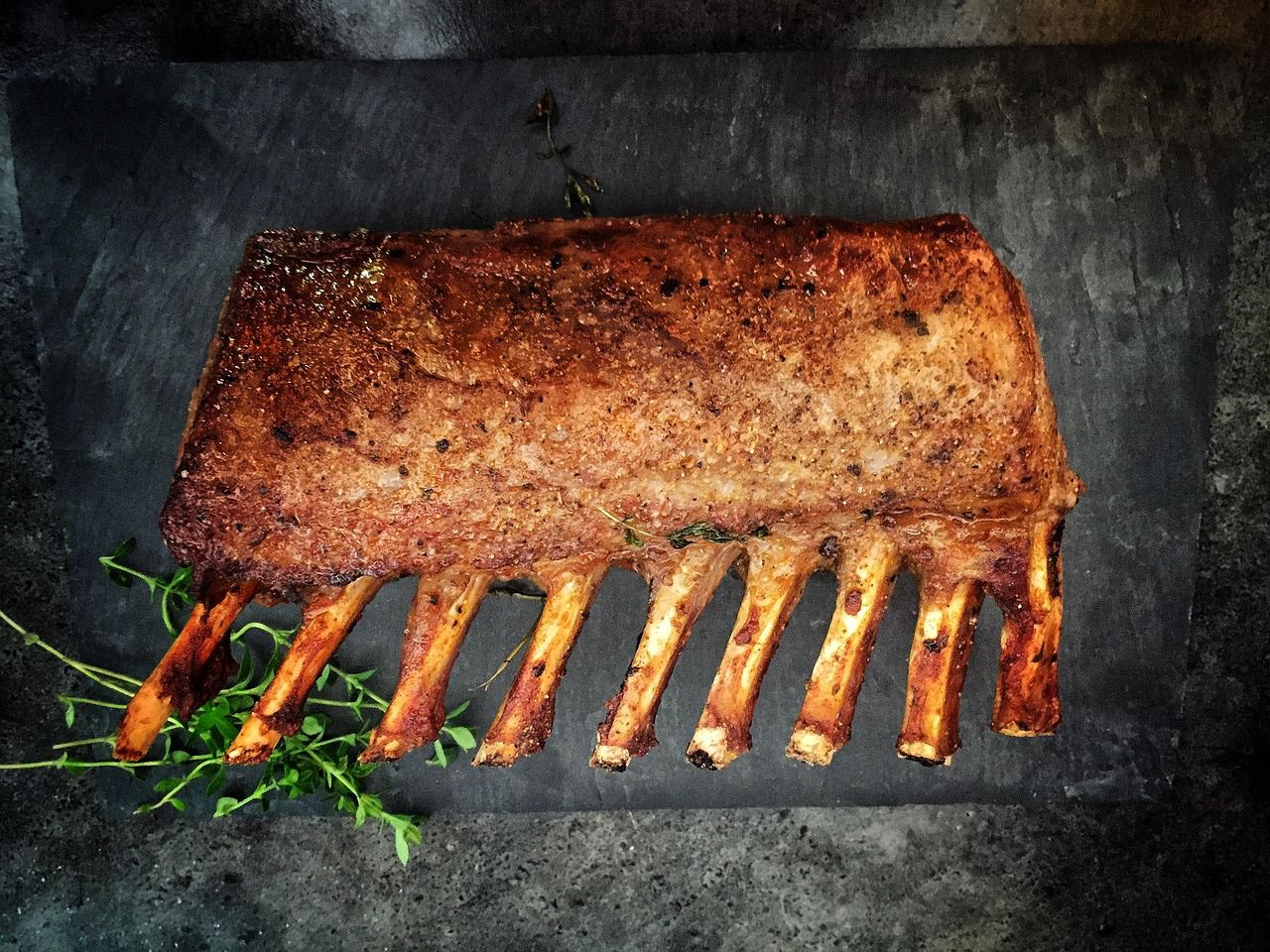We think regular meat consumption was one of the main drivers of brain growth and evolution in hominins, because animal products are calorie-dense and easier to digest than unprocessed plant foods. They also contain all the essential amino acids and are rich in biologically important nutrients, minerals and vitamins.
What we do know is that by the time our genus, Homo, emerged over two million years ago, hominins were regularly eating meat. This is clear from their increased reliance at this point on stone tools to butcher and process meat products. We’ve also found fossil bones with cut marks that indicate butchering.
But that doesn’t explain when and where regular meat eating started and which species of our ancestors made that crucial shift.
Now, thanks to fossilised tooth enamel, we’re a step closer to an answer. In a study with several other co-authors, we measured nitrogen isotopes in the enamel from fossilised teeth belonging to the hominin genus Australopithecus, discovered in South Africa’s Sterkfontein Caves. This is one of the oldest known human ancestor species.
Atoms of the same element can have different versions, called isotopes, which have the same number of protons but different numbers of neutrons. This makes them slightly heavier or lighter but chemically similar. For example, nitrogen has two stable isotopes: nitrogen-14 (¹⁴N) and nitrogen-15 (¹⁵N). These occur naturally, but their ratio varies in nature. In food webs, nitrogen isotopes become enriched as you move up the chain, meaning predators have higher ¹⁴N/¹⁵N ratios than herbivores.
Identifying these isotopes is a way to reconstruct ancient diets and ecosystems, helping scientists understand how past environments shaped the survival of species – including early humans.
We also tested the isotopic signature of animals that lived in the ecosystem at the same time. We saw that the isotopic signature of Australopithecus was low – similar to that of herbivores.
Our findings suggest that these ape-like, small-brained early hominins were eating mostly plants. There was little to no evidence of meat consumption. They may have snacked on the occasional egg or insect but they were not regularly hunting large mammals like Neanderthals did millions of years later.
A toothy approach
One of us (Dr Lüdecke) began working with fossilised tooth enamel during her PhD. The focus was on measuring stable carbon isotopes in the enamel as a way to uncover the plant-based part of an extant or extinct animal’s diet.
This approach reveals whether a species relied on lush, leafy plants or hardy, grass-like vegetation in African savanna ecosystems. But there was always that small, unsatisfying sentence in the discussion section of her academic papers: “This dataset cannot inform about the meat portion of the diet.”
Then inspiration struck. The co-authors of the latest study, Alfredo Martínez-García and Daniel Sigman, had developed a method with their teams to measure nitrogen isotopes in marine microfossils – tiny creatures that, like fossilised tooth enamel, contain almost no organic material.
We wondered whether the same technique could work for ancient teeth and finally provide a date marker for early hominins’ meat eating behaviour.
We started small by testing the method on rodent tooth enamel from animals with controlled diets in a specialised feeding experiment. It worked. From there, we moved on to the enamel of wild mammals from museum collections and other animals that had lived naturally in African ecosystems.
When these results aligned with what we expected in terms of their known diets, we knew we had a reliable tool. After more laboratory testing, method tweaking and checking, we felt ready to analyse the fossilised tooth enamel of non-primate fauna found in one of the oldest fossil-bearing deposits of South Africa’s Sterkfontein Caves. This deposit, Member 4, formed about 3.4 million years ago, during the Late Pliocene period.
Again, these analyses gave us the expected results: it was clear at the isotopic level whether we were dealing with the teeth of a herbivore or a carnivore.
Then we finally sampled seven Australopithecus molars from Member 4 to uncover whether these ancient hominins, which lived and died around the Sterkfontein Caves about 3.4 million years ago, were sinking their teeth into meat or sticking to a largely vegetarian menu.
By comparing the nitrogen isotope ratios of these early hominins with those of other animals from the same ecosystem – like antelopes, monkeys and carnivores – we found that the isotopic signature of Australopithecus was low, similar to that of herbivores.
Future plans
This discovery is just the beginning. We’re now expanding our research to other fossil sites across Africa and Asia, hoping to answer bigger questions. When did meat truly enter the hominin diet? Which species of hominins through our evolution consumed meat? Did the behaviour emerge several times and did it coincide with the rise of larger brains, or marked changes in behaviour, like new stone tool technology? And what does this mean for how we understand the evolutionary path that led to our species?
Tina Lüdecke, Leader of the Emmy Noether Group for Hominin Meat Consumption (HoMeCo), Max Planck Institute For Chemistry and Dominic Stratford, Professor of Archaeology, University of the Witwatersrand
This article is republished from The Conversation under a Creative Commons license. Read the original article.




